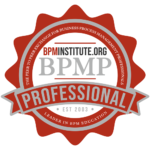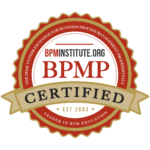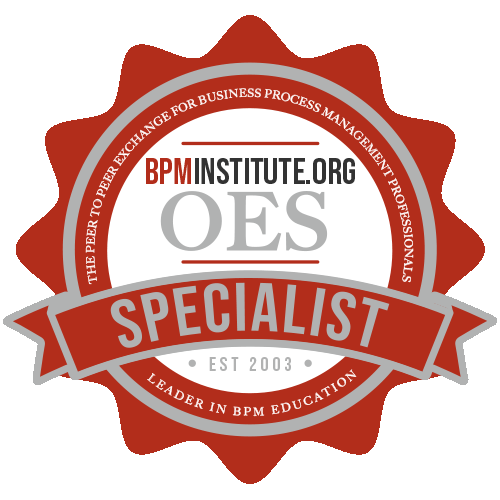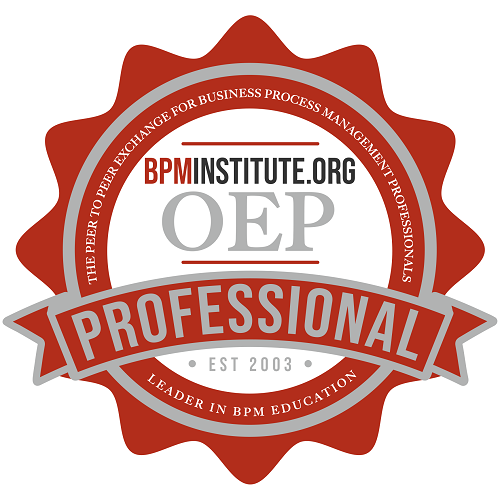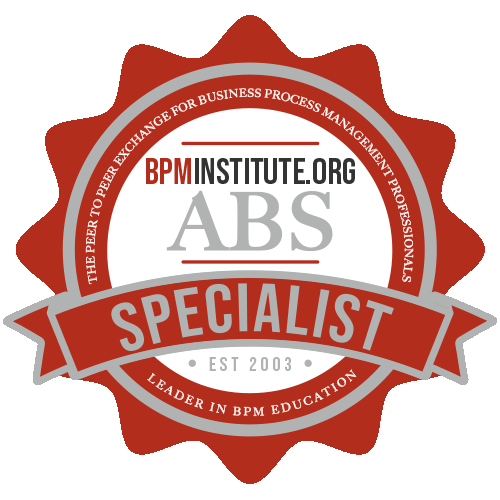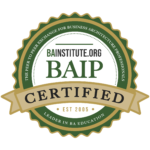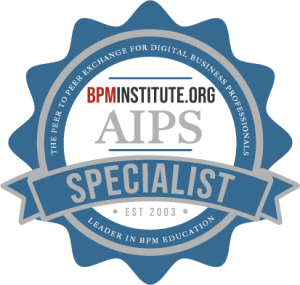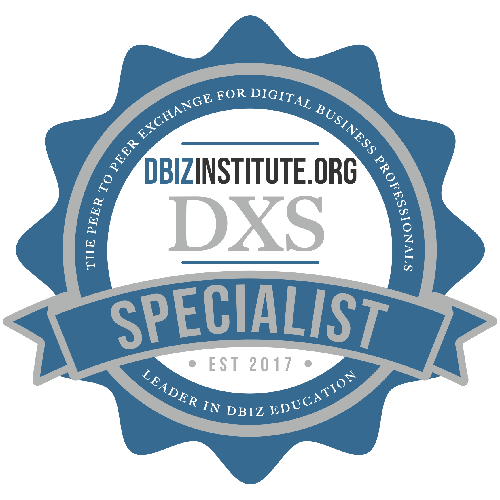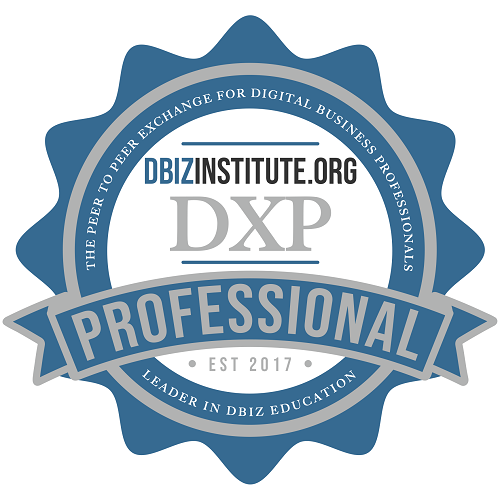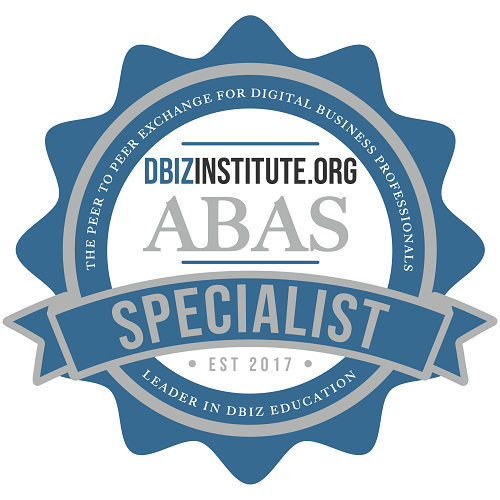Home / Resources
Resources
Discover a Wealth of BPM Knowledge and Expertise at BPMInstitute.org!

Transitioning to Services Engineering
In past columns, I have discussed the idea of services engineering, the importance of understanding businesses as service providers, and the characteristics of different types of services. This column looks at the challenges of measuring and managing process performance in services industries.
Applying BPM Principles to Restructure the Government Procurement Process
There is nothing more difficult to take in hand, more perilous to conduct, or more uncertain in its success, than to take the lead in the introduction of a new order of things.
The Marriage of Process and Data Governance: Key to BPM and SOA Initiatives’ Success
Business Process Management (BPM) and Service Oriented Architecture (SOA) initiatives can either be easy or difficult depending on your approach.
At first glance BPM and SOA offer a very good value proposition. However, the more you learn, the more you discover that everything is not exactly as expected.
BPM and SOA initiatives are made up of process and data. Too often, a lack of focus in one area or the other occurs and has pervasive effects on business results.
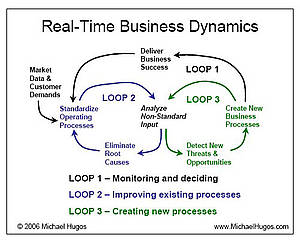
The Greatest Innovation Since the Assembly Line
The most profound innovation since the assembly line is staring us right in the face. But we don’t see it because we are so busy looking for something else. For most of us the word “innovation” still conjures up images of amazing new gadgets such as technology to turn water into gasoline, black boxes to project moving 3D holograms from our TV sets, and bio-tech breakthroughs that reverse the aging process.
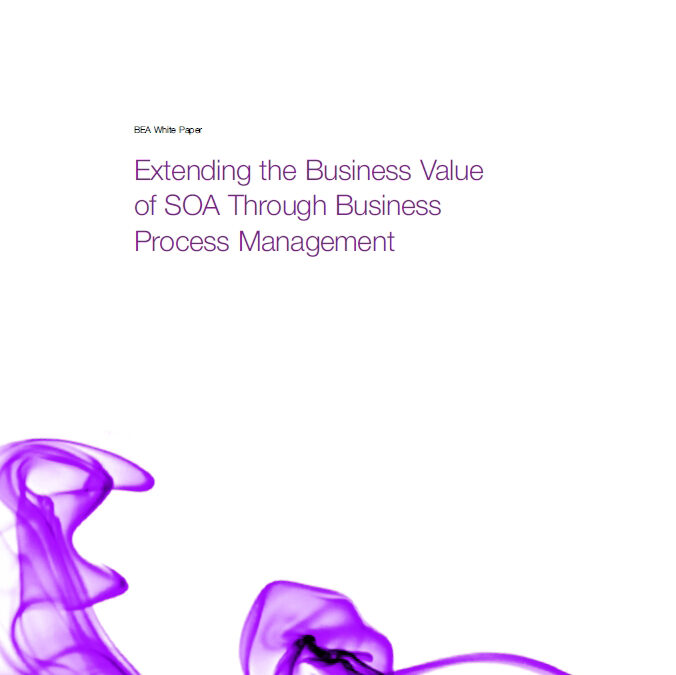
Extending the Business Value of SOA through Business Process Management
SOA and BPM are two of the most talked-about business initiatives: both promise to help companies create new value from existing investments, reuse efforts across many projects, and achieve new levels of agility. But where SOA focuses on creating a more flexible architecture, BPM applies that architecture to optimize the way actual work gets done. Download this complimentary white paper now to discover SOA’s relationship with BPM, including the impact BPM has on SOA -and vice-versa.

Committing to the Business Architecture
BPMInstitute.org and BrainStorm Group hosted Business Architecture (BA) events at their conferences in San Francisco, Washington, D.C. and New York in 2006. Interest in BA across all industries is growing with attendance at all BA presentations increasing. The conference attendees are coming prepared with excellent questions, expecting answers and seeking information about BA initiatives.
The Quick Win Team Interview with Juanita Lohmeyer, TELUS Communications
TELUS is a leading national telecommunications company in Canada, with $8.4 billion of annual revenue and 10.4 million customer connections including 4.7 million wireless subscribers, 4.6 million wireline network access lines and 1.05 million Internet subscribers. The company’s strategic intent is to unleash the power of the Internet to deliver the best solutions to Canadians at home, in the workplace and on the move.

BPMS Watch: Measure Then Model? An Alternative Process Lifecycle
BPM users are familiar with the process lifecycle. It starts with process modeling. Business analysts document the as-is process, and analyze its shortcomings – handoff inefficiencies, exception handling, inconsistent application of policies and rules. From the model they can define KPIs for the process and estimate their value using simulation analysis. Then they model proposed process improvements, and project the expected benefit using simulation, before committing resources to the implementation.
The next step in the standard lifecycle is process design.
Can your Enterprise See, and Mashup, the Emerging Web?
Web 2.0 is one of those marketing words I don’t like to use that often, but unlike SOA 2.0, the Web 2.0 is a reality. It’s really a change in platform at its essence, but there are also many social issues there as well…information sharing, collaboration, and social networking to name a few. But can your enterprise see the emerging Web?
What’s important to remember is that there is a huge resource that is being created on the Web these days.
Where It Begins: The Super-System View
In a bulletin last year I wrote about the value of defining an organization’s processes by using a Processing System Hierarchy, which identifies and links “levels” of process, starting with the external environment and then cascading down through the organization’s value chain, primary processing systems, key processes and sub-processes, and finally down to individual performers. In this article I am focusing where the Hierarchy starts.
At this topmost level is what we at the Performance Design Lab (PDL) call the “Super System” view.

Key Drivers for BPMS Growth
Forrester has predicted that the BPMS (business process management system) market will grow from $1.2 billion in 2005 to over $2.7 billion in 2009. What is driving this growth? The tools are forging tighter links between IT and business users and significantly enhancing the effectiveness of process improvement efforts. Specifically, BPMS tools support:

The Eight Wastes in a Process
Taiichi Ohno, a major contributor to the Toyota Production System, identified seven wastes that can exist in processes. Jeffery Liker, a professor at the University of Michigan added an eighth. If the wastes are removed or reduced, significant benefits can be realized. These benefits are:
- Dramatically lower costs
- Much faster processes
- Exceeding high quality
- Less frustrated workers
- Happier customers
As each of the wastes are explained, look for examples in your own organization.

SOA, Business Process and Enterprise Architecture: Putting it all together
Ken Orr is the founder and chief scientist for The Ken Orr Institute, a business technology research organization. He is an internationally known and recognized expert on technology transfer, software engineering, information architecture, and data warehousing.

The Hartford Moves Forward with SOA
Founded in 1810, The Hartford Financial Services Group is one of America’s oldest and largest financial institutions. From its origin in providing fire insurance to Connecticut businesses, it has become a leading provider of automobile, homeowners’ and business insurance.
Addicted to Code
Observations:
Do you notice how quickly business rules often turn into CodeSpeak? Instead of fully expressing business rules in the natural language of the business, a rules analyst sometimes expresses the business rules only in a structured syntax form or they quickly transform the incomplete or incoherent natural language form into a structured syntax form. The structured syntax form is usually an “If then Else” structure or decision table structure.
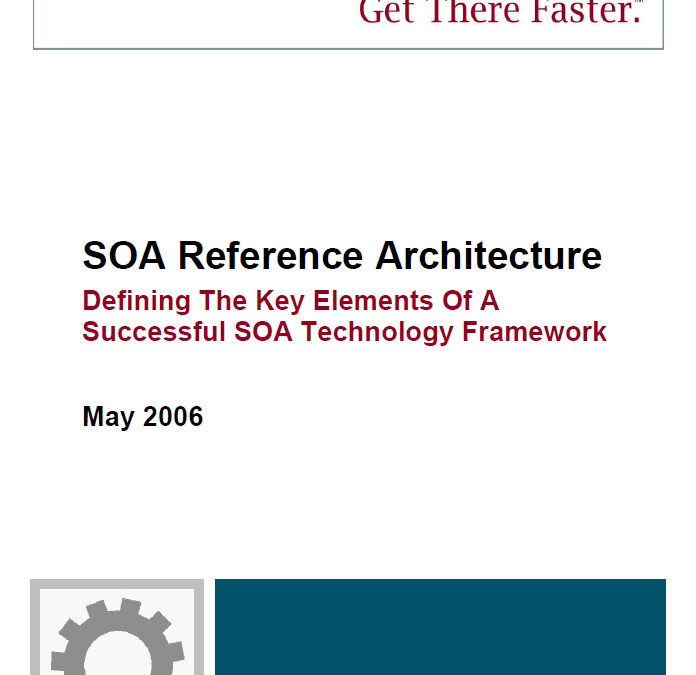
SOA Reference Architecture: Defining the Key Elements of a Successful SOA Technology Framework
Companies across all industries and geographies are becoming increasingly interested in service-oriented architecture (SOA). The basic concept behind SOA is not new – that is, the idea of accelerating return on IT investment by turning those assets into reusable building blocks from which new business functionality can be assembled quickly and efficiently. But what makes SOA different is that, for once, the IT industry as a whole has backed the concept and the core underlying technologies, giving SOA massive support and evolving a wide range of standards to make the idea really work.

Business Architecture: Turning Strategy into Actionable Results
Executives have mandated that the organization deploy new strategies while getting more productivity from its workforce. This requires business unit consolidation, alternative market exploration, new product and service deployment, and a myriad of other actions. These activities, in turn, spawn a demand for infrastructure upgrades and technology redeployment. Unfortunately, the gap between strategy and actionable results is growing.
Making Sense of SOA Standards Activities – Part II
In the first part of this series, we talked about the confusion in the SOA space and the difficulty in understanding the various standards activities.
Integrating Business Process Management with Public Sector IT Management
John Wilson is an IT Specialist and Project Manager at the Nuclear Regulatory Commission (NRC). His previous federal government experience included management positions at the Smithsonian Institution and the National Institutes of Health.
Wilson pointed out that the federal sector spends a considerable amount of money on IT. For fiscal year 2005 they spent $65B and in 2006 they expect to spend over $200B.
John Wilson is an IT Specialist and Project Manager at the Nuclear Regulatory Commission (NRC). His previous federal government experience included management positions at the Smithsonian Institution and the National Institutes of Health.
Wilson pointed out that the federal sector spends a considerable amount of money on IT. For fiscal year 2005 they spent $65B and in 2006 they expect to spend over $200B. That is a lot of money and it underscores the strong need for business process management in the public sector.
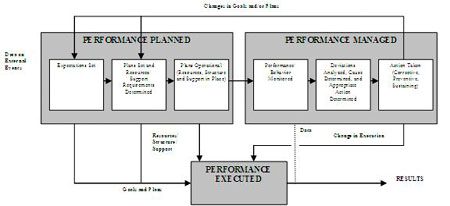
Where Have All the Leaders Gone? The Long-Lost Executive Process Improvement Project
Look at any book on business process management or improvement these days and you’ll see a good amount of advice being expended on the creating, chartering, nurturing and managing of process design, or improvement, teams. Typically, these are made up of employees who perform the processes being improved along with a gaggle of supporters, technical experts, and the like.


